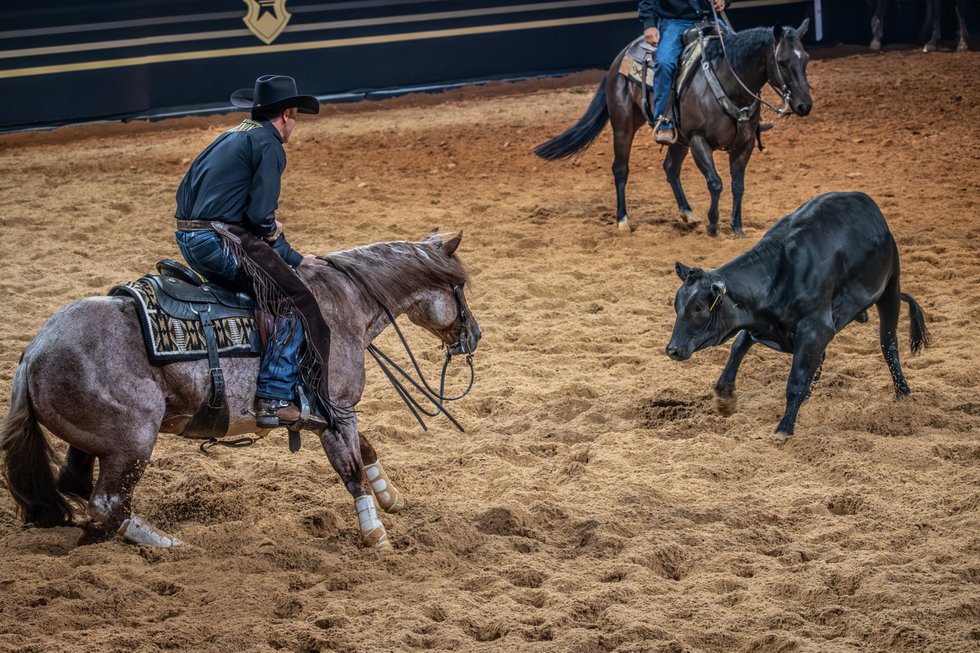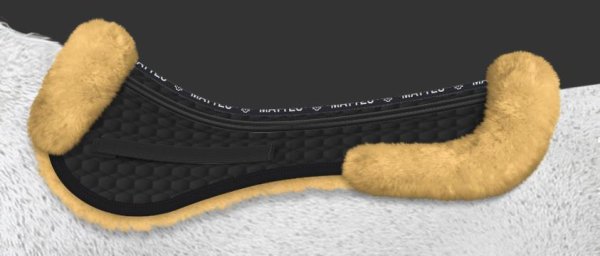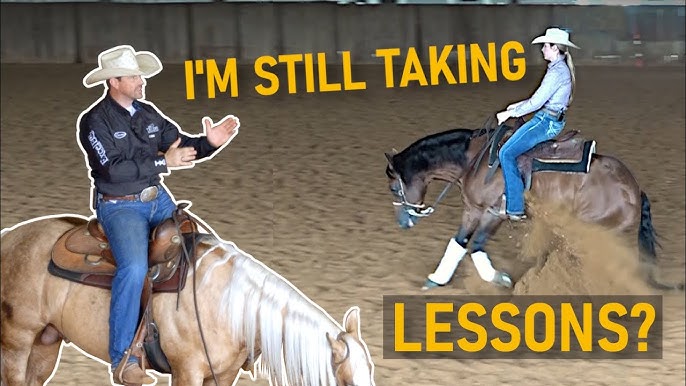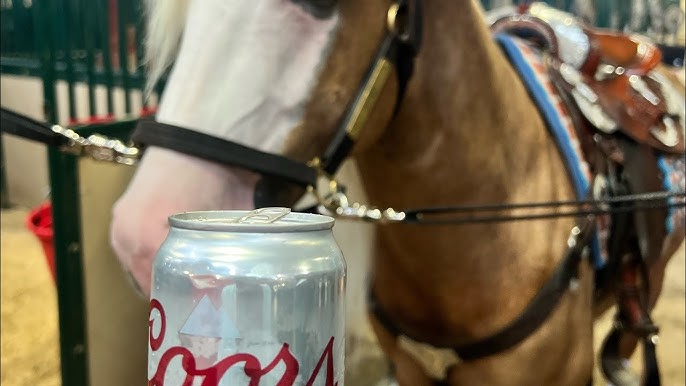Correcting Dangerous Spinning Behavior in Your Horse

Spinning is a common but dangerous behavior in horses that can lead to injury for both the horse and handler. Understanding why horses spin and how to correct this behavior is crucial for maintaining safety and improving your horse’s well-being.
What is Spinning Behavior?

Spinning involves a horse rapidly turning in circles, often repeatedly, which can be a sign of stress, anxiety, or learned behavior. This action can cause physical harm due to the risk of slipping, falling, or injuring limbs.
Causes of Spinning

- Stress and Anxiety: Horses may spin when they feel threatened or overwhelmed.
- Boredom: Lack of mental stimulation can lead to repetitive behaviors.
- Learned Behavior: Sometimes horses spin because they have learned it gets a reaction.
- Pain or Discomfort: Physical issues may cause restlessness.
Risks Associated with Spinning
| Risk Type | Description |
|---|---|
| Physical Injury | Risk of falls, joint strain, or cuts |
| Behavioral Issues | Escalation to other dangerous behaviors |
| Handler Safety | Increased risk of injury to people handling the horse |
Steps to Correct Spinning Behavior
1. Identify the Root Cause
Understanding why your horse spins is the first step. Observe their environment, health, and routine.
2. Provide Mental and Physical Stimulation
Increase exercise, introduce new activities, and use toys or puzzles to reduce boredom.
3. Implement Consistent Training
Use positive reinforcement to reward calm behavior and discourage spinning.
4. Manage Stress and Anxiety
Create a calm environment, use calming supplements if necessary, and avoid triggers.
5. Consult a Veterinarian or Behaviorist
Rule out medical issues and get professional advice tailored to your horse.
Frequently Asked Questions (FAQ)
Q: Can spinning be completely stopped?
A: With consistent training and management, spinning can be significantly reduced or eliminated.
Q: Is spinning more common in certain breeds?
A: While any horse can spin, some breeds with higher energy levels may be more prone.
Q: How long does it take to correct spinning behavior?
A: Correction time varies depending on the cause and consistency of training.
Summary
Correcting dangerous spinning behavior requires patience, understanding, and a multi-faceted approach. By addressing the root causes and implementing structured training and care, you can help your horse become safer and more comfortable.
Would you like me to enhance the tone to be more conversational or add more detailed training techniques?
